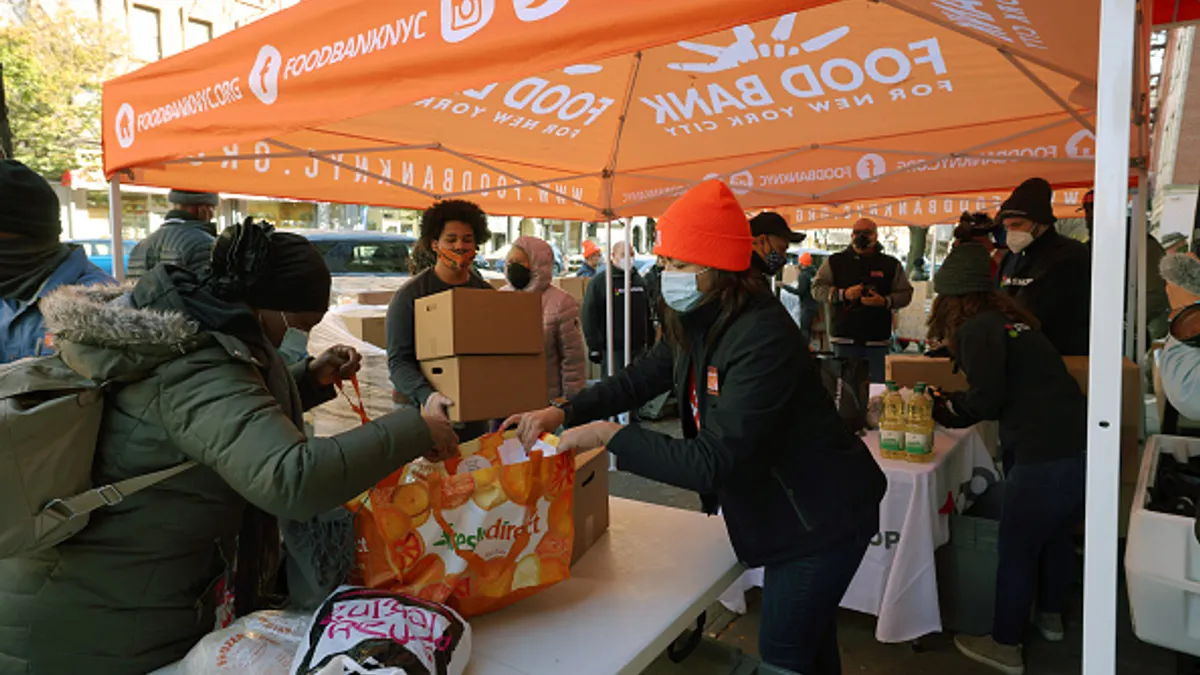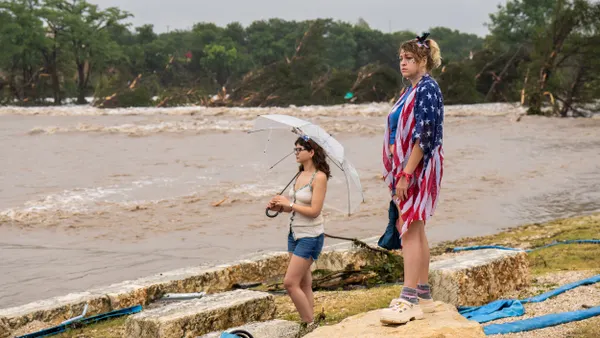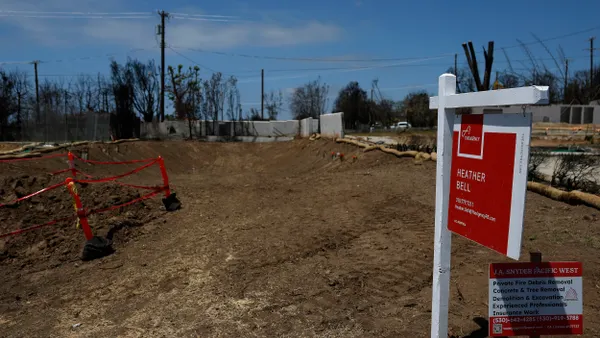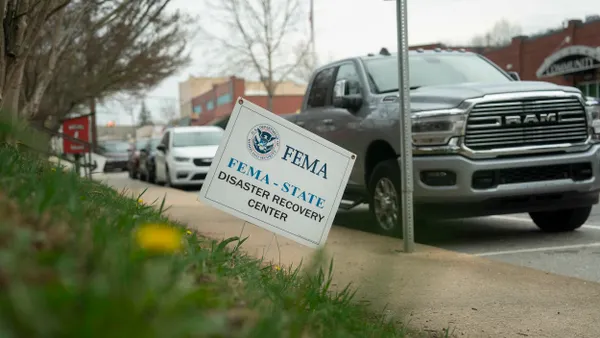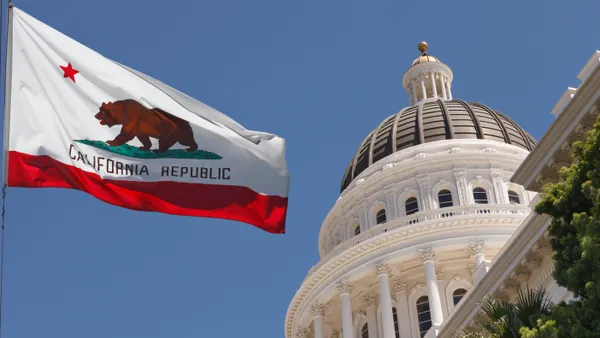Dive Brief:
- The Environmental Protection Agency (EPA) and the U.S. Department of Agriculture (USDA) named 13 communities that will receive technical support to develop community-led food systems and placemaking action plans through the federal Local Foods, Local Places program to rejuvenate economically blighted areas.
- Communities in California, Colorado, Illinois, Massachusetts, Missouri, Nevada, New Jersey, Oklahoma, Puerto Rico, Tennessee, Virginia and Washington were chosen from 97 applicants. Project proposals include identifying local food and revitalization opportunities for a rural tribal community, converting a transit bus into a mobile farmers market, creating community gardens and establishing a local food value chain.
- The number of references to the pandemic in community applications has increased, said John Foster, national program manager for Local Foods, Local Places within the U.S. EPA's Office of Community Revitalization. "It is not a surprise to us that food insecurity has become much more pronounced with these communities that were already having difficulty," he said.
Dive Insight:
Local Foods, Local Places has the multipronged mission of improving residents' quality of life by developing a local food economy and simultaneously providing neighborhood revitalization opportunities. The program has assisted more than 125 communities.
One of the core pillars of the program is to create positive economic, environmental and health benefits by "reutilizing urban cores of communities," Foster said. "Different elements of the local food system and placemaking don't typically come together. We're trying to work in the intersection of both." For example, a community-owned grocery store opened last year in a historic town square in Mount Pulaski, Illinois, to increase food access while also economically rejuvenating the area.
Some of the projects involve transforming brownfields or blighted, vacant spaces into a vibrant spot that benefits the community. Foster notes that reactivating areas that previously experienced disinvestment often produces secondary benefits, such as increasing pedestrian traffic for a neighborhood, which also can boost business for other local establishments. This also ties in with placemaking efforts that could involve improving a community's walkability and safety for pedestrians with infrastructure upgrades. Plus, transforming blighted areas can have environmental benefits for the community, such as improving air and water quality.
The program does not provide funding; rather, communities receive support from employees at the federal agencies and their regional offices in three phases of the project: a steering committee to self-assess the community's assets and gaps, a public workshop that brings together a variety of stakeholders and writing a first draft of the community action plan.
"This is community-led effort. This is not us coming in and telling the community, 'This is what you need to do.' It's really us guiding them, but they're in the driver's seat," Foster said.
Part of the selection process involves examining the community's level of need and food access. The chosen communities tend to have barriers to fresh, healthy food access such as being lower income, rural or reaching "food desert" status because the only local grocery store closed.
Food insecurity surged during the pandemic. Chicago's largest food pantry reported an abrupt 400% spike in food assistance requests early in the pandemic, and research from Northwestern University estimated that food insecurity in the U.S. doubled in April 2020 relative to predictions.
Many cities, nonprofits and community organizations stepped up to create or expand food assistance programs to meet the increased need. Public and private entities often worked together through partnerships to increase the available resources for fighting hunger. The Local Food, Local Places program uses a similar approach in bringing together diverse stakeholders to represent and transform communities. "Partnerships is a big element of the program," Foster said.
Since the pandemic began, the USDA has boosted its assistance to communities and residents to address the surge in food insecurity. It went through several rounds of increasing the amount of money available through the Supplemental Nutrition Assistance Program to very-low-income households and extending its program providing free meals to children.
Farmers also were negatively affected by the pandemic as supply chains were upended. A key pillar of the Local Food, Local Places program is to develop economic opportunities for local farmers and food businesses.



